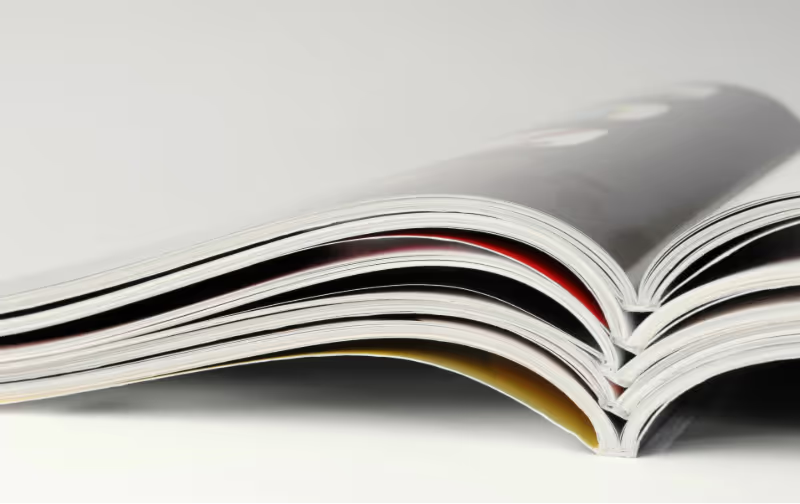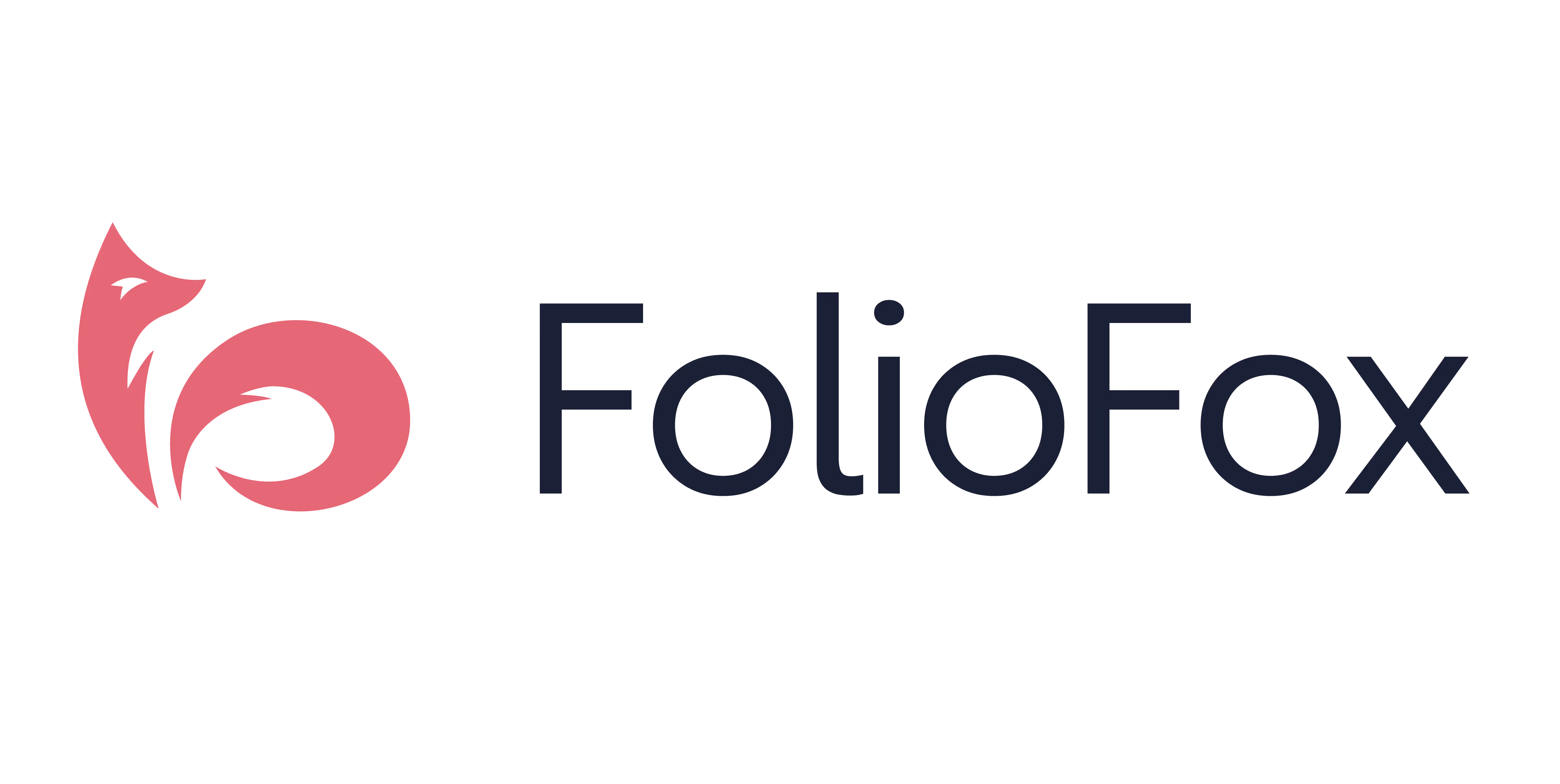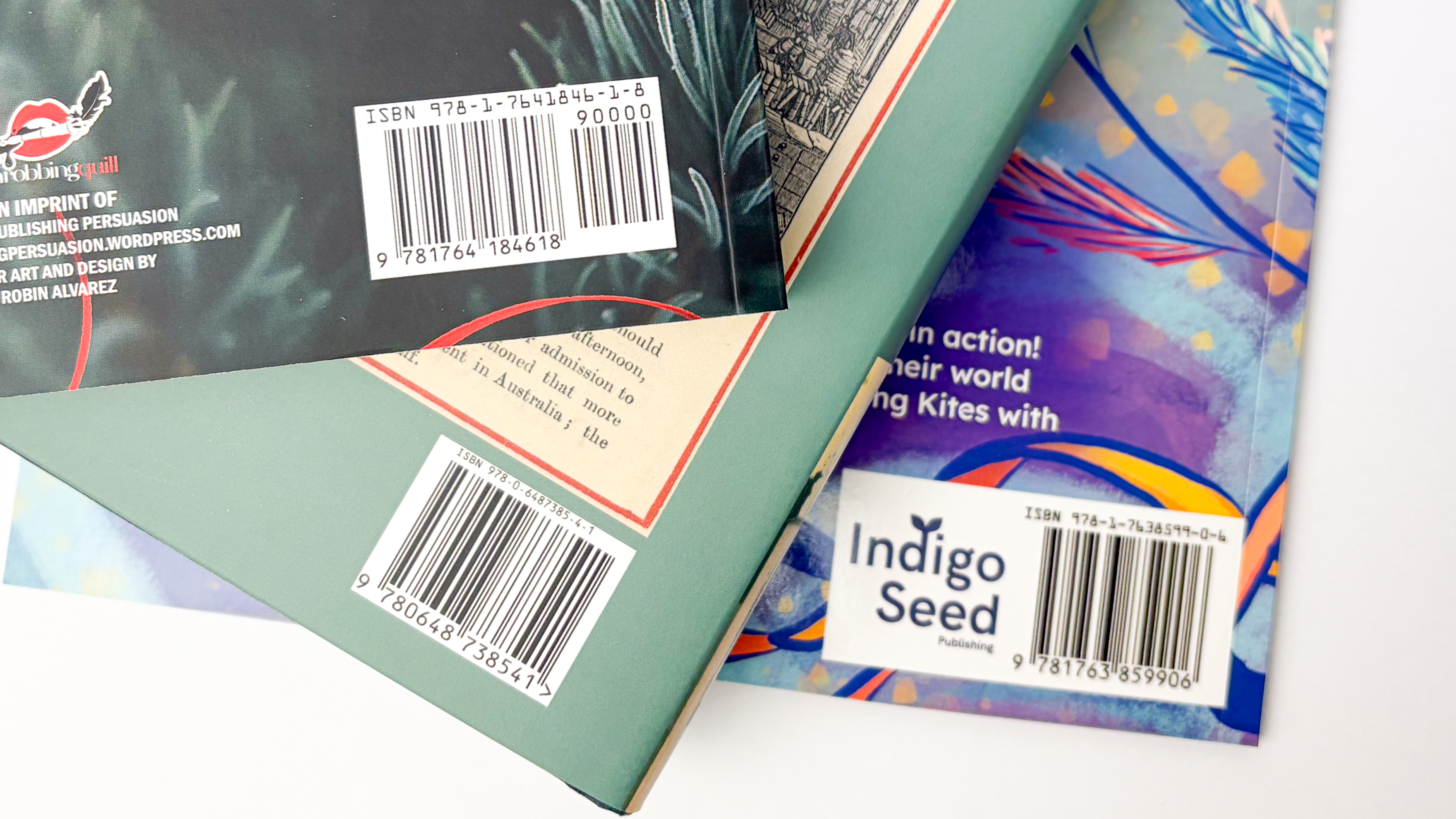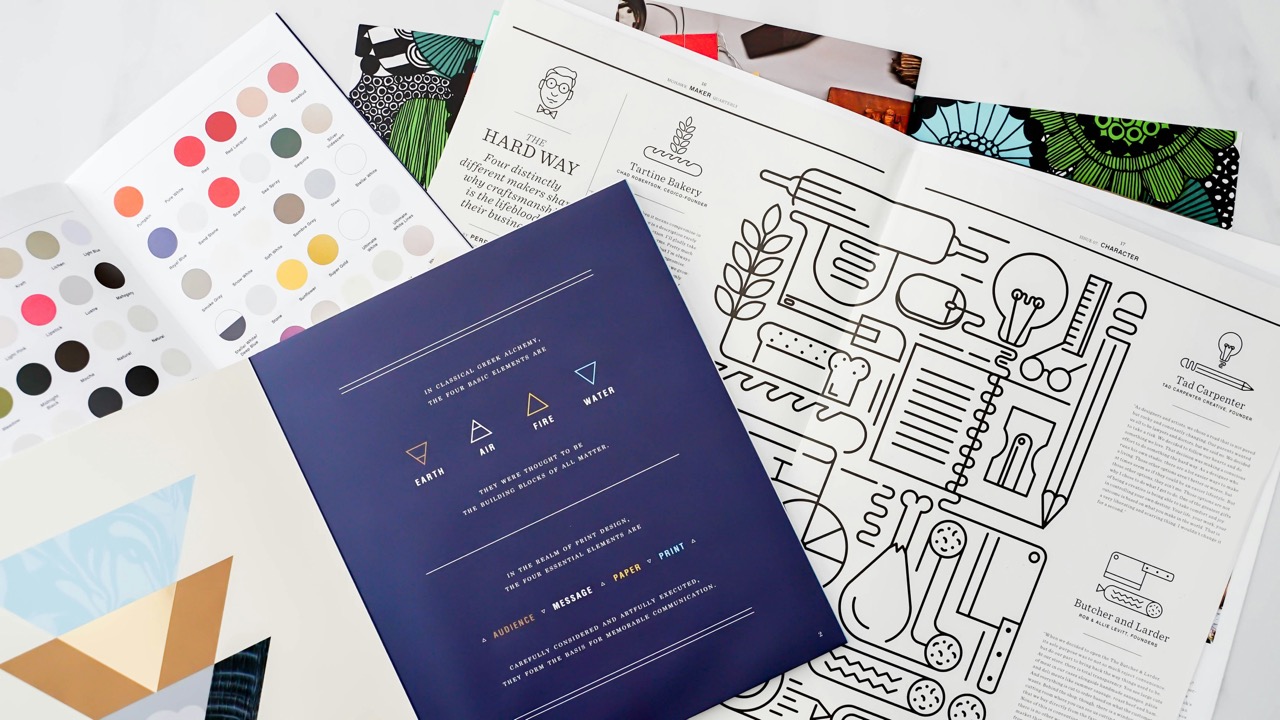Perfect Binding: Traditional vs PUR Glue - Which Method is Right for Your Book?
Perfect binding is one of the most popular methods for professional-looking books, magazines, and catalogues.

Perfect binding is one of the most popular methods for creating professional-looking books, magazines, and catalogues. It’s what you picture when you think about your typical softcover/paperback novel or expect to see on magazine stands at the local supermarket. It’s only natural that most people that books with this type of binding are all made the same but in fact, the glue used in this binding can vary.
The main contenders are typically the traditional hot-melt adhesive often referred to as EVA glue and the newer, recommended PUR (Polyurethane Reactive) glue. Many publishers and print shops find themselves weighing the pros and cons. Understanding the differences between these two glue options for perfect binding might help you give you a better idea of what is involved in creating books using this method.

What is Perfect Binding?
Before we get too into the glue of things, let’s first clarify what perfect binding is.
Perfect binding is a bookbinding technique where pages are glued together at the spine and then attached to a cover. It’s that simple! Unlike saddle-stitching or spiral binding, perfect binding creates a flat, square spine that's ideal for displaying titles and author names. This is why it’s the most common method for paperback books, magazines, catalogues, thicker booklets and corporate documents like annual reports.
Traditional Perfect Binding: The Time-Tested Method
Traditional perfect binding uses the aforementioned hot-melt adhesive, typically EVA (Ethylene Vinyl Acetate) based glue. The process involves heating the adhesive to around 175°C (350°F) (hence the common name of hot melt glue), applying it to the spine of the book block, and then attaching the cover while the glue is still hot and pliable.
Advantages of Traditional Binding
- Cost-effective: Hot-melt adhesives are generally less expensive than PUR alternatives.
- Fast production: Quick setup and faster cure times can result in a higher output of books, and therefore a shorter turnaround time.
- Widely available: Many print shops are equipped with perfect binding equipment that is compatible with hot melt glue.
- Proven reliability: Decades of successful use in the industry.
- Easy troubleshooting: Well-understood process with established best practices
Limitations
- Temperature sensitivity: Books may fail in extreme heat or cold conditions, which isn’t ideal when it can get quite hot in Australia.
- Limited flexibility: Pages can crack when books are opened up or with heavy use, causing the glue to separate and lose integrity.
- Shorter lifespan: Adhesive may become brittle over time, making these books not as long lasting.
- Substrate restrictions: This type of glue works best with specific paper types and weights, making it harder to bind books with unique papers and materials.
PUR Binding Glue: The Modern Alternative
How It Works
PUR (Polyurethane Reactive) glue is a “moisture-curing” adhesive that chemically bonds with the paper fibers. Unlike the traditional EVA glue, it’s applied at lower temperatures (around 120°C/250°F), and gets its moisture-curing label because it reacts with humidity in the air to form a flexible, durable bond that actually penetrates the paper rather than just adhering to the surface.
The Science Behind PUR Bound Books
What makes PUR binding such a game-changer comes down to some pretty clever science. Unlike traditional EVA adhesives, PUR is a thermosetting polymer that cures when it encounters moisture in the air. The result? A permanent bond that's remarkably resistant to temperature fluctuations and humidity changes. In practical terms, this translates to PUR bound books that can endure rough handling, frequent use, and even the occasional splash of water, without pages coming loose. The process of applying PUR adhesive involves heating it to a specific temperature, allowing it to melt and be applied in liquid form. This ensures that the adhesive penetrates deep into the fibres of the paper, creating an incredibly strong bond. As the adhesive cools and cures, it forms a robust yet flexible spine that can open and close countless times without cracking or losing its integrity. This scientific approach to bookbinding ensures that each page is held securely in place, making PUR bound books particularly suitable for high-use applications such as textbooks, manuals, and catalogues. Moreover, PUR adhesive's ability to bond with a wide range of substrates, including coated and uncoated papers, makes it incredibly versatile. This means that regardless of the type of paper used—whether glossy, matte, or textured—a PUR bound book will maintain its durability and aesthetic appeal. The science behind PUR binding is a testament to the advancements in adhesive technology, providing a solution that enhances the longevity and usability of printed materials.
Advantages of PUR Binding
- Superior durability: Books bound with PUR can withstand repeated opening and closing without the spines cracking or falling apart.
- Temperature resistance: The fact that it doesn’t need to be applied when it’s really hot, means it can survive more extreme temperature conditions
- Flexibility: Allows books to lay flat when opened without the spine cracking
- Versatile substrate compatibility: It works with coated papers, plastics, and other challenging materials that may not be as durable with a traditional adhesive.
- Stronger bond: PUR glue penetrating the paper itself, means it’s three to four times stronger than hot-melt glue, providing you with much more durability in the long term.
- Professional finish: You’re less likely to see any glue squeeze out that might occur at the top or bottom of the spine, for a much cleaner appearance.
Environmental Impact of PUR Binding & PUR Bound Books
In an era where environmental consciousness is paramount, the impact of manufacturing processes and materials on the planet is a critical consideration; we've even worked with companies that have policies for book printing so that they must choose a sustainable and eco-friendly method for producing any materials for commercial use. PUR binding stands out not only for its durability but also for its environmentally friendly properties. The adhesive used in PUR binding contains fewer volatile organic compounds (VOCs) compared to traditional adhesives. VOCs are harmful chemicals that can contribute to air pollution and have adverse effects on human health. By reducing the presence of VOCs, PUR binding helps mitigate these environmental and health concerns.
The efficiency of PUR adhesive also plays a role in its environmental benefits in that because PUR adhesive forms such a strong bond, less adhesive is required to bind a book and get that desired durability. This means that fewer resources are consumed in the binding process, and ends up being a more sustainable production method. Not to mention, that if PUR bound books last much longer in terms of longevity, then you're not likely to need frequent print runs for replacements, which saves even more production materials and reduces waste. This is particularly important in industries like book publishing, where large quantities of books are produced annually. An added factor to the sustainability of this adhesive its versatility because it can bond with a wide range of substrates, including recycled papers. This means that publishers and manufacturers can produce high-quality, durable PUR bound books without any constraints on what papers they can print from such as environmentally friendly materials, which may be more fragile in high temperatures compared to virgin paper stock. By combining the strength and flexibility of PUR binding with the sustainability of recycled paper, the printing industry can create products that are both durable and eco-friendly, which aligns with the growing trend towards green printing practices. It's no wonder that PUR perfect binding is an increasingly popular choice for environmentally conscious authors, publishers and businesses.
Limitations
- Higher cost: PUR adhesive is slightly more expensive than traditional hot-melt glue, which is a typical limitation for a higher quality end-product.
- Slower production: It takes a bit longer for each book to cure, which can add to the production time for big print runs.
Applications of PUR Bound Books in Various Industries
The versatility and durability of PUR bound books make them a great choice for a wide range of applications across various industries. In the publishing industry, PUR binding is ideal for printing high-quality novels, textbooks, and reference books. The strong spine and flexible binding ensure that these books can withstand frequent use and handling, so it's a reliable choice for readers and students alike. In the corporate world, PUR bound books are often used to produce professional manuals, research papers, print catalogues, and annual reports, to take advantage of the sleek and professional look of a paperback with a clean spine. Businesses truly benefit from the longevity of PUR bound books, especially when considering lifetime printing costs if you don't need to replace copies as often. The art and photography industry also benefits tremendously from the advantages of PUR binding as they often want to print of different paper types that might not be suitable for traditional perfect binding or simply just won't last as long with hot melt adhesive. PUR binding can easily adhere to different paper stocks and with the flexible spine, it also makes opening books fully a breeze without the fear of pages coming loose. Artists and photographers can showcase their work in a format that is both durable and visually appealing with PUR bound books, without the bulk or expense of hardcover binding or the risk of their books falling apart after a few years.

Key Similarities Between Both Methods
Despite their differences, traditional and PUR perfect binding share several important characteristics:
Production Process: Both methods follow the same basic workflow - gathering pages, milling the spine, applying adhesive, and attaching the cover.
Final Appearance: When properly executed, both methods produce professional-looking books with clean, square spines suitable for retail display.
Quality Standards: Both can achieve high-quality results when proper techniques and materials are used.
Which Method is Best?
If you had to choose one, it would be perfect binding with PUR glue. Yes, we’re biased as we perfect bind all our books with it, but on paper, it’s also objectively the best as its benefits, easily outway any limitations.
Books bound with PUR glue are more durable and the most cost-effective book binding option, second to case-binding (hardcover) for ensuring that your book has longevity even when it is being used repeatedly. This method provides greater flexibility for paper stocks and at the end of the day, it’s able to produce books with the same, professional finish as a traditionally perfect bound book. Traditional perfect binding may be the best option for you if you have a very high-volume print run and limited time for production, but in almost any other case, we think PUR glue is the winner.
Making the Right Choice for Your Project
The decision between traditional and PUR perfect binding ultimately depends on your specific needs, budget, and quality requirements. Consider factors such as the intended use of the book, distribution environment, target audience, and how long you’d expect a copy to last. Both traditional and PUR perfect binding are both actively used and have their place in modern book production, but it comes at no surprise to us of the increasing popularity of using PUR over traditional hot melt adhesive in recent years.
Whether you choose the proven reliability of traditional binding or the advanced performance of PUR, proper execution and quality materials used by your selected printer are the foundations to producing great, professional-looking books. We hope this article has helped you learn a bit more about perfect binding and how it has evolved, to give you some confidence when approaching your next book printing project.
Looking to produce your next book project and keen to choose perfect binding with PUR glue? Get in touch today and one of our printing experts will reach out for a personalised consultation based on your specific requirements.
Last Updated:




